No, the king cannot jump in chess.
It’s probably easy to mistake the king for the knight which is the only chess piece that can actually jump over other pieces, but both have very distinct differences.
Or perhaps you’re asking because you’ve seen or heard how the king ‘appears to jump’ alongside one of the rooks at a specific time in a chess game. No, that’s not jumping. It’s called Castling.
Let’s see all these in detail.
First Things First…What You Should Know About the King
The King is the most important piece on the chessboard.
In terms of value, you can’t put a number to it because the king never leaves the board. The king can be harrassed, checked, pursued, checkmated…..but it can’t be captured.
What about movement? The king moves rather sluggishly by moving one step forward in every direction.
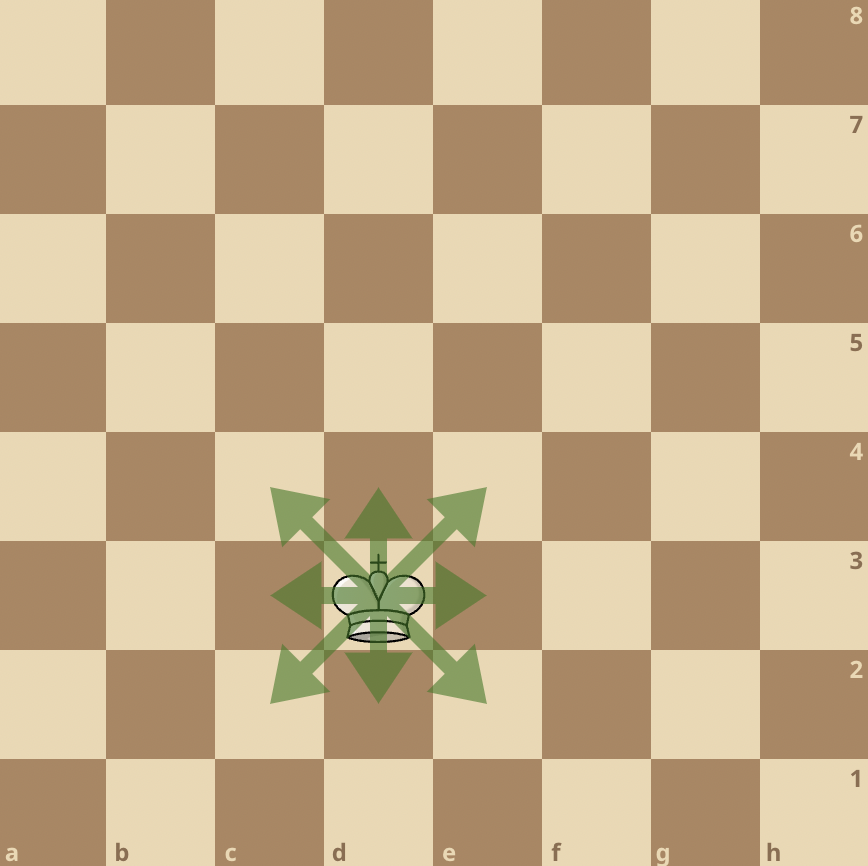
From the image above, we see that the White king on d3 square can move to c4, d4, e4, c3, e3, c2, d2, e2 squares – basically one move forward in any direction.
In the centre of the board, this king can move to 8 squares unoccupied by other pieces. If you should place the same king at the edge of the board, say h1, you’ll observe that the available squares will decrease to just 3.
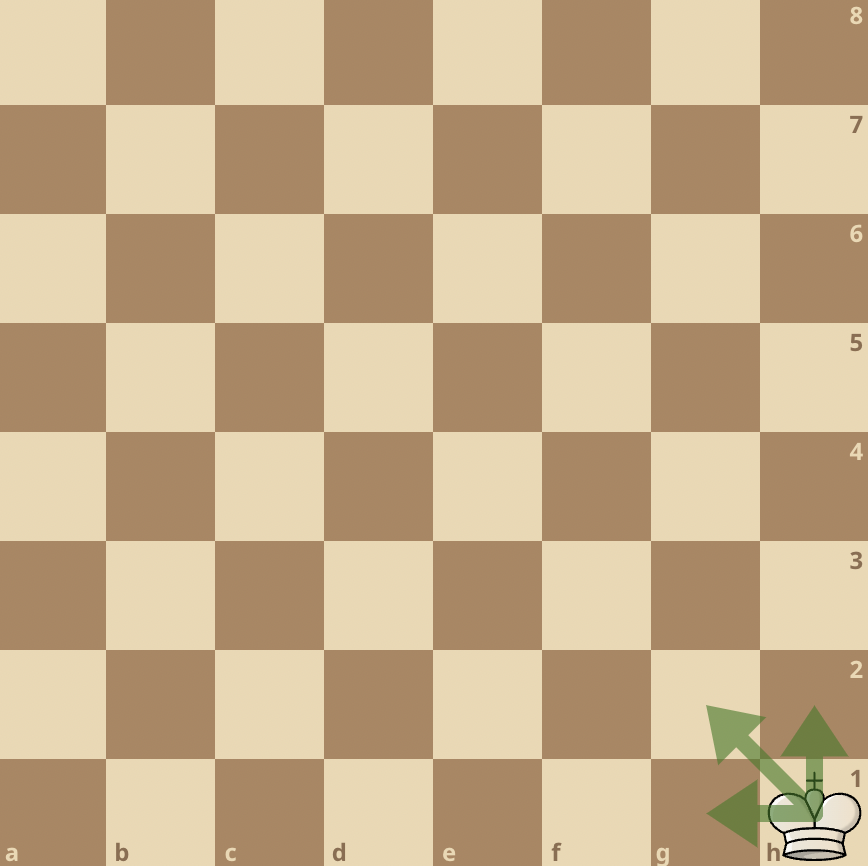
Where Does the ‘Jump’ Come In?
First, we can describe a ‘jump’ in chess as the ability of a piece to move over another piece during its movement.

Just like the cat, it’s only the knight in chess that can jump that way.
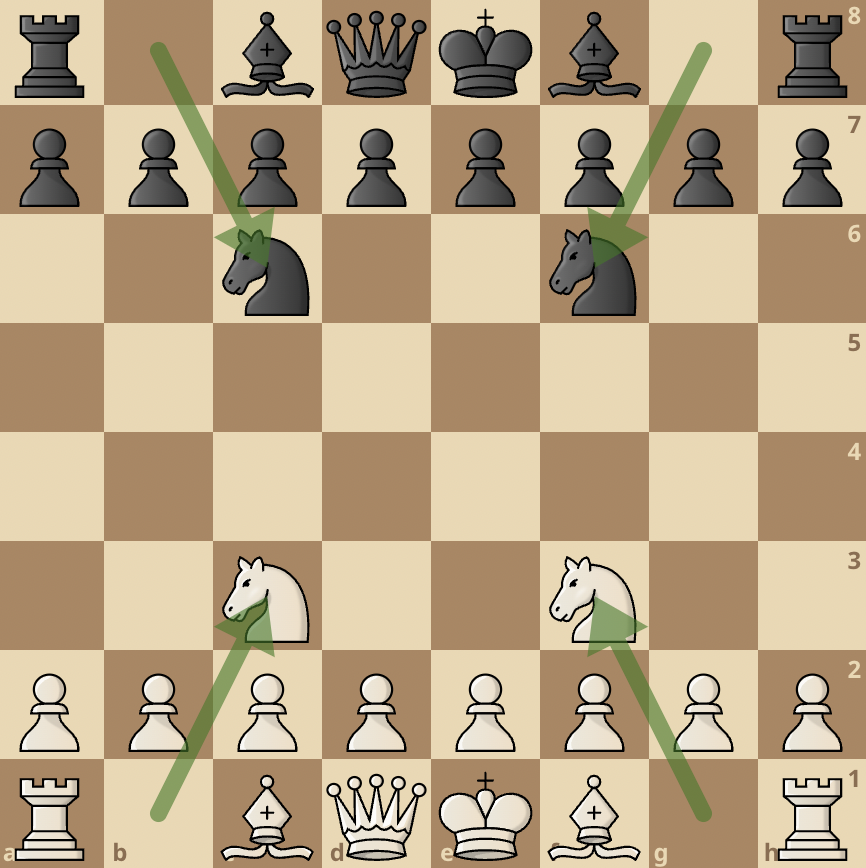
Knights are not limited by other pieces. They can easily jump over them in an ‘L-shape’.
We already established that the king cannot jump in chess but it does have an irregular move up its sleeve.
The King can ‘collaborate’ with the rook to move from the middle of the board where he’s more exposed to threats, to one side of the board where he’s much safer. This is a completely legal and FIDE-approved move that just happens in one turn.
Let’s see an example:
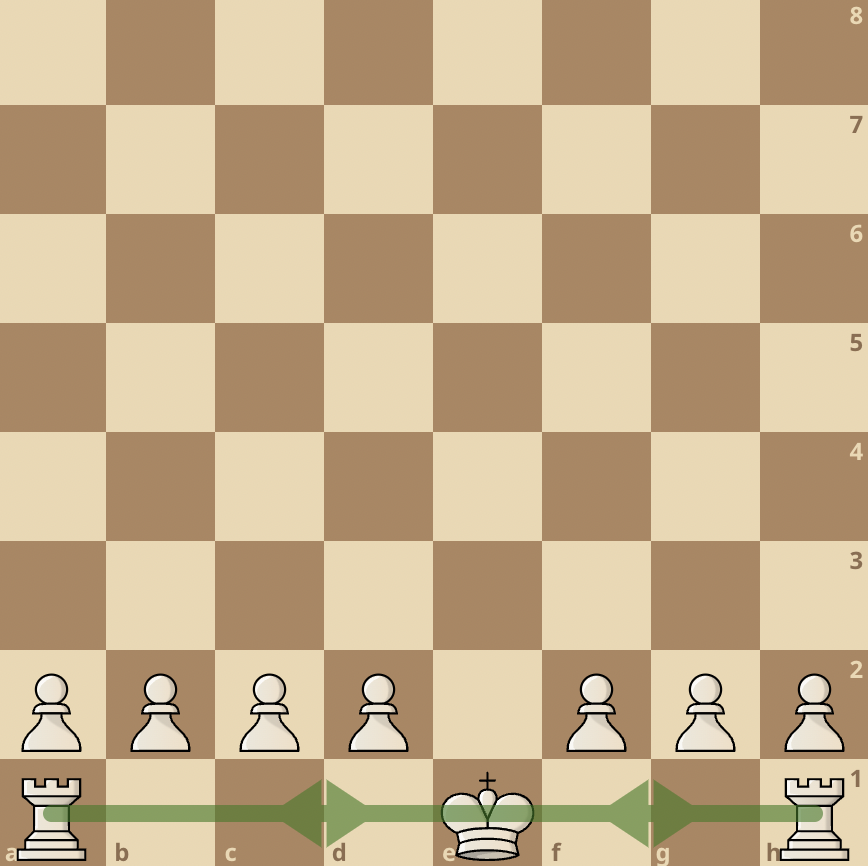
Here is a position that has just White’s king and two rooks.
The special move called Castling requires the White king to move two steps toward the rook while the rook glides across the king in the opposite direction.
Which rook in question? It can be any – either that of the queenside (left) or that of the kingside (right).
When White castles kingside, it looks like this:
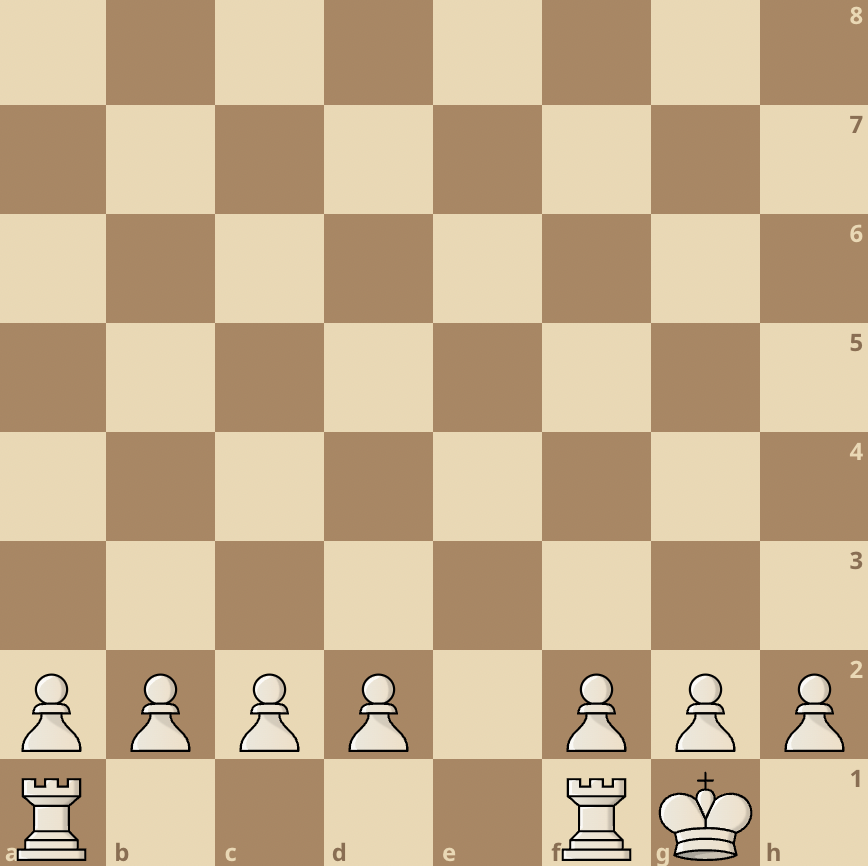
On the other hand, queenside castling looks like this:
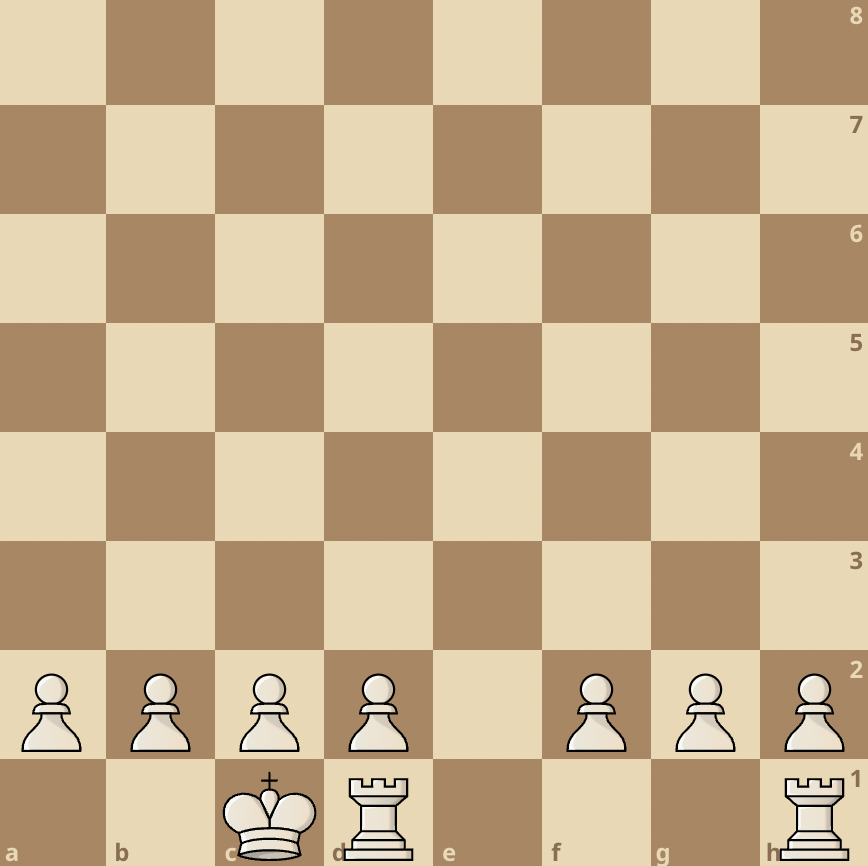
Castling happens only once in a game and it comes along with rules.
For example, no piece must be in between the king and target rook for castling to take place. Another condition states that neither the rook nor the king must’ve been moved prior to castling.
There are many other rules and tips and do and don’ts about castling. Read them all in our guide about castling in chess.
Back to our subject, you can see that this ‘castle manoeuvre’ cannot be termed a ‘JUMP’ because the King doesn’t hop over any piece.
You might even be wondering, “Is there a king jump gesture one can make to signify an intention during the game?” Maybe hop the King to pause the time, or hop the King to offer a draw?
The answer is still no. You cannot ‘hop’ your king to signify anything in chess.
The best you can do is flip over your king to indicate resignation. No other gesture is needed with the king.
Trust you got your answers here.
Just in case you’re thinking about bishops jumping in chess, we’ve got that covered for you right here.




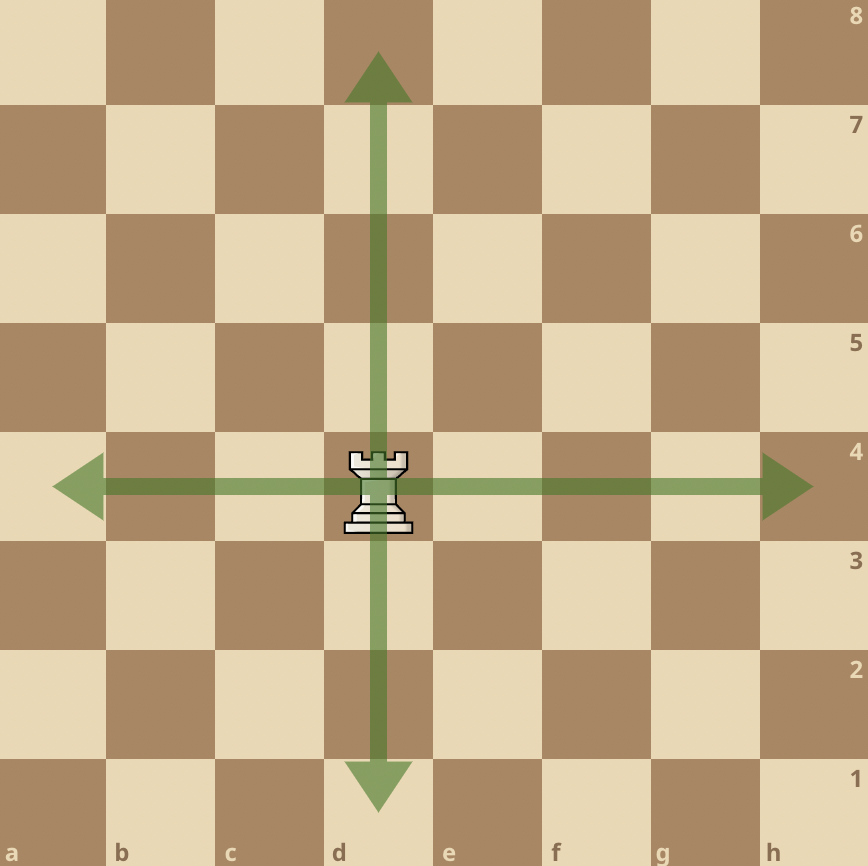
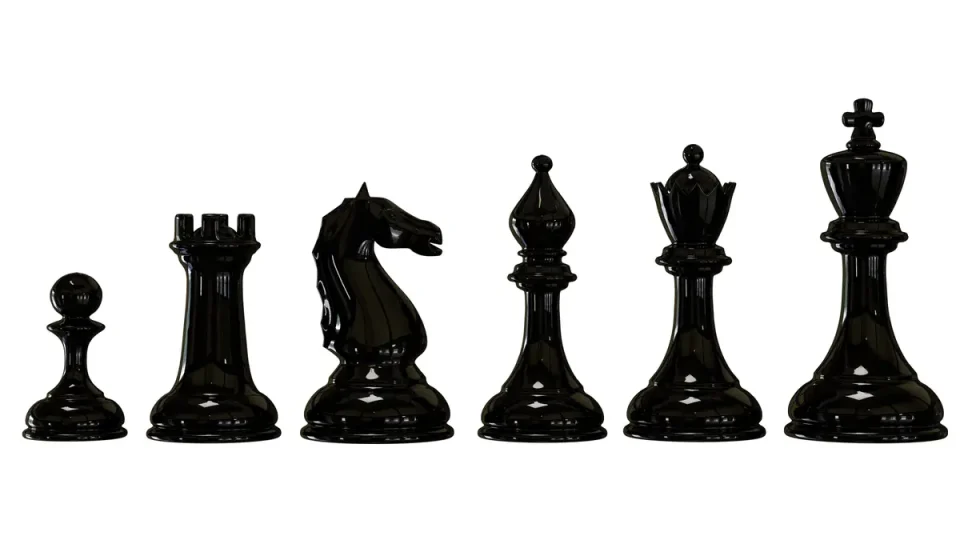
join the conversation